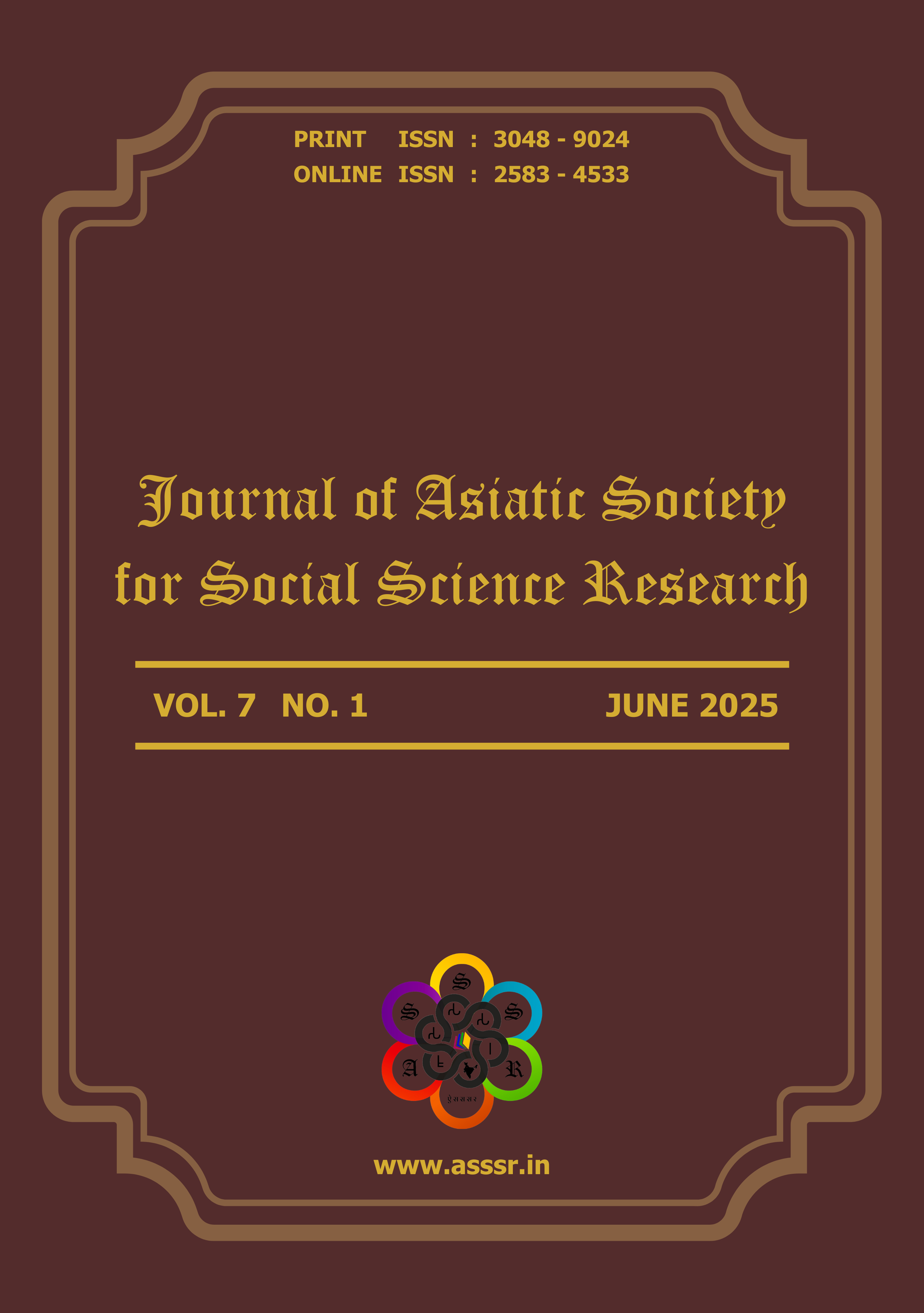An Iconographical and Philosophical Study of Sculptures in Bhagalpur Museum
A Case Study
Keywords:
Art, Sculpture, Iconography, Buddhism, HinduismAbstract
Art and iconography have been an integral part of India from ancient times to till date. Anga and Magadha was the richest region for art and architecture. Sculptures reflecting art and iconography in Hindu, Buddhist, and Jain are sufficient in their representation. This paper attempts to describe sculptures displayed in the Bhagalpur museum and its interpretation of forms. The origin of these sculptures can be traced back to early Vedic literature. According to the textual references, deities during Kuṣāṇa to Pālā era and their cult became precisely developed. After the presentation of textual sources about the elaboration of these series following their common order in the depicted series. We are presenting the main philosophical and Iconographical aspects of the sculptures following their common order in the depicted series. This museum shows a variety of sculptures with specific materials, postures, forms, and dimensions. Other than sculptures there is a separate gallery for paintings. We emphasize the need to create a documentation platform, which enables convergence of information between museum collections with the help of historical and iconographical insights. The study is on the selected sculptures in the Bhagalpur Museum. Bhagalpur Museum exhibits anthropomorphic and theomorphic iconography by way of human forms, and animal forms with objects and symbols respectively. Certain sculptures are specially designed for meditative purposes only. Each form has a physical description and a spiritual interpretation. In building spiritual iconography artist incorporates different postures, gestures, directions, forms, and traits. It is imperative to have a visualization of sculptures personally by visiting the Bhagalpur Museum. This paper attempts to bring out the descriptive and interpretative aspects of sculptures displayed in the Bhagalpur Museum. The information available through these diverse sometimes validates the data and sometimes questions it. The paper explores the merit of comprehensive digitization for museum collections. It also focused on the need to create a platform within a museum that encourages scholarly participation between diverse disciplines.
Additional Files
Published
How to Cite
Issue
Section
License
Copyright (c) 2025 Journal of Asiatic Society for Social Science Research

This work is licensed under a Creative Commons Attribution-NonCommercial-NoDerivatives 4.0 International License.
All right reserved.


